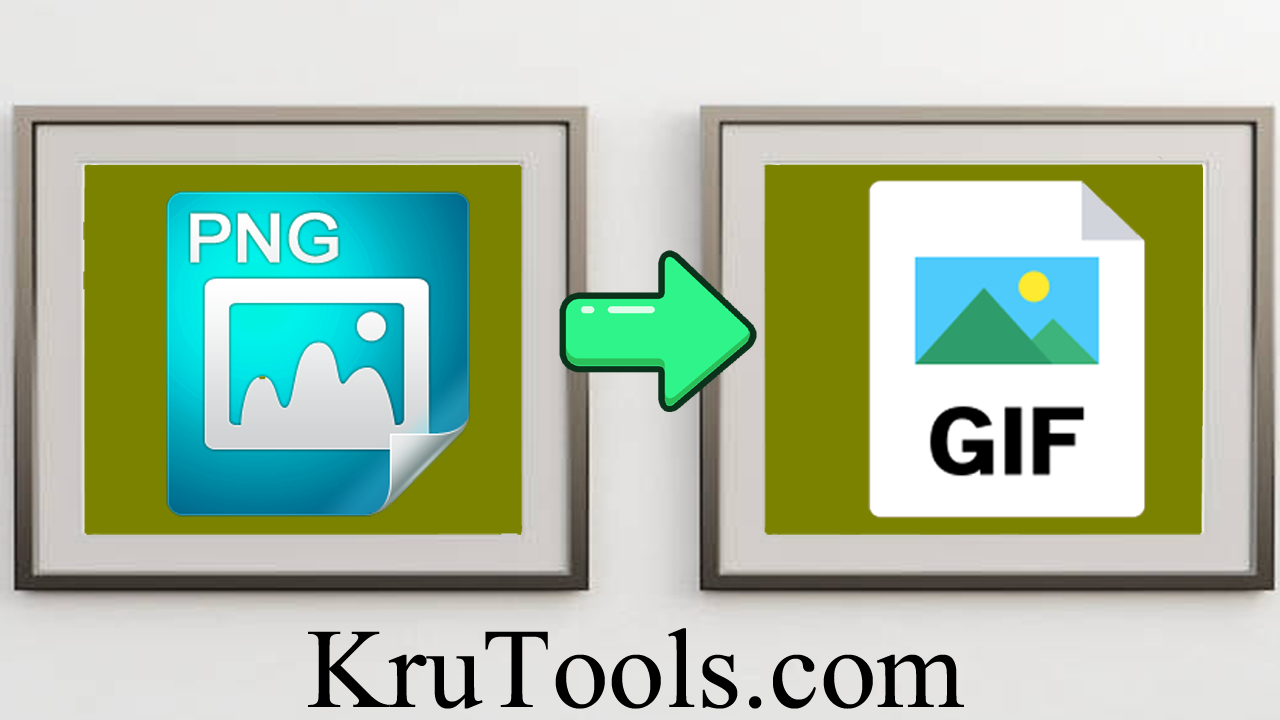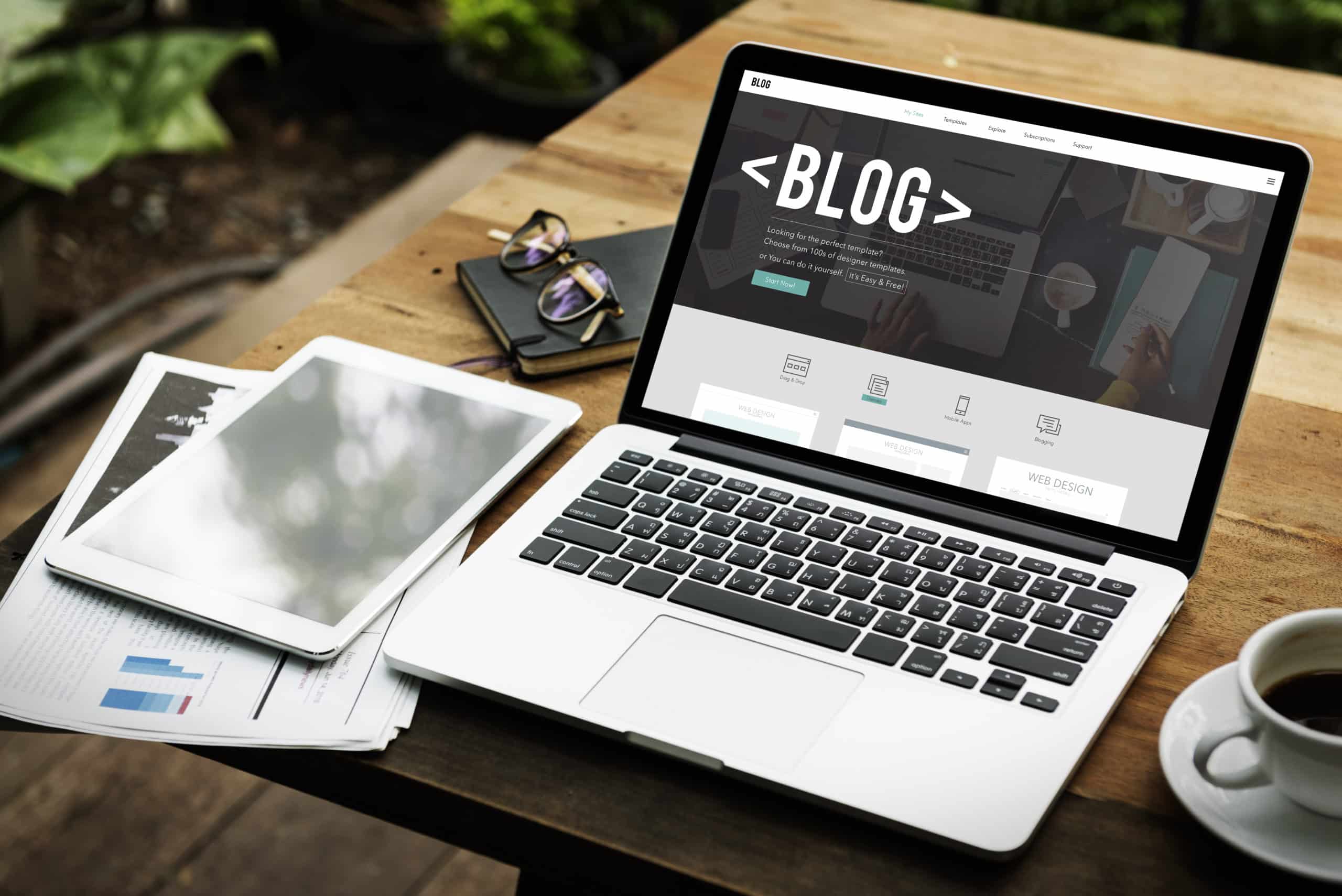
Mastering the Art of Product Photography: A Definitive Guide to Skyrocketing Your E-commerce Conversions

In today’s fiercely competitive e-commerce landscape, the power of visual content cannot be overstated. Product photography serves as the digital storefront of your online business, making it a critical factor in driving conversions and boosting sales. This comprehensive guide will walk you through the intricate world of high-converting product photography, equipping you with the knowledge and techniques to elevate your e-commerce game.

Understanding the Importance of Product Photography
In the digital age, product photography serves as the bridge between your potential customers and your products. High-quality, compelling images can significantly influence purchasing decisions, build trust, and set your brand apart from competitors. According to a study by Justuno, 93% of consumers consider visual appearance to be the key deciding factor in a purchasing decision.
Product photography goes beyond merely showcasing your items; it tells a story, evokes emotions, and creates a connection with your audience. By investing in professional-quality product images, you’re not just selling a product – you’re selling an experience, a lifestyle, and a solution to your customers’ needs.
Essential Equipment for Product Photography
To create stunning product photos, you’ll need to invest in some key equipment. While it’s possible to achieve great results with a smartphone camera, professional-grade equipment can take your images to the next level. Here’s a list of essential gear:
-
Camera: A DSLR or mirrorless camera with manual controls is ideal. The Canon EOS R or Sony A7 III are excellent choices for product photography.
-
Lenses: A versatile zoom lens (24-70mm) and a macro lens for detailed shots are essential. The Canon RF 24-70mm f/2.8L IS USM is a popular choice among product photographers.
-
Lighting: Invest in a quality lighting setup, such as softboxes or LED panels. The Godox SL-60W LED Video Light is an affordable yet effective option for beginners.
-
Tripod: A sturdy tripod ensures sharp images and consistent framing. The Manfrotto MT055XPRO3 is a reliable choice for product photography.
-
Backdrop: A clean, neutral backdrop helps your products stand out. Consider investing in a Savage Seamless Paper Background for professional results.
-
Props and Styling Tools: Depending on your products, you may need additional props, mannequins, or styling tools to create appealing compositions.
Remember, while having the right equipment is important, it’s your skill and creativity that will truly make your product photos shine.
Mastering Lighting Techniques
Lighting is arguably the most critical aspect of product photography. It can make or break your images, affecting everything from color accuracy to perceived quality. Here are some key lighting techniques to master:
Natural Light
Natural light can produce beautiful, soft results, especially for lifestyle product shots. However, it can be unpredictable and may not always be suitable for all types of products.
Pro Tip: When using natural light, shoot near a large window on an overcast day for soft, even lighting. Use a reflector to fill in shadows and create a balanced exposure.
Artificial Light
Artificial lighting gives you more control over your setup and allows for consistent results. There are two main types of artificial lighting:
-
Continuous Lighting: These are always-on lights, such as LED panels or fluorescent bulbs. They’re great for beginners as you can see the effect of the light in real-time.
-
Strobe Lighting: These are flash units that provide a burst of light when triggered. They offer more power and faster recycling times, making them ideal for high-volume shoots.
Pro Tip: Start with a simple two-light setup – one main light and one fill light. This will give you enough control to create professional-looking images without overwhelming you with complexity.
Lighting Modifiers
Lighting modifiers help you shape and control the quality of light. Some essential modifiers include:
- Softboxes: These diffuse the light, creating a soft, even illumination.
- Umbrellas: Similar to softboxes but with a more spread-out light.
- Reflectors: These bounce light back onto the subject, filling in shadows.
- Flags: These block light to create shadows or prevent lens flare.
Pro Tip: Experiment with different modifiers to find the best look for your products. Soft, diffused light works well for most products, but some items may benefit from harder light to accentuate texture or shape.
Composition and Styling Tips
Composition is the art of arranging elements within your frame to create a visually appealing and effective image. Here are some tips to enhance your product photography composition:
Rule of Thirds
Divide your frame into a 3x3 grid and place key elements along these lines or at their intersections. This creates a more balanced and interesting composition.
Use Negative Space
Don’t be afraid of empty space in your images. Negative space can draw attention to your product and create a clean, minimalist look that’s popular in modern e-commerce.
Create Depth
Use props or background elements to create a sense of depth in your images. This can make your products feel more three-dimensional and engaging.
Consistent Style
Develop a consistent style across your product images. This helps create a cohesive brand identity and makes your online store look more professional.
Pro Tip: Create a style guide for your product photography. This should include guidelines on composition, lighting, and post-processing to ensure consistency across all your product images.
Post-processing and Editing
Post-processing is an essential step in creating high-quality product images. It allows you to refine your photos, correct any issues, and ensure consistency across your product line. Here are some key aspects of post-processing:
Color Correction
Ensure your product colors are accurate and consistent across all images. This is crucial for customer satisfaction and reducing returns.
Exposure and Contrast Adjustment
Fine-tune the exposure and contrast to make your products stand out without looking unnatural.
Background Removal
For many e-commerce platforms, a clean white background is preferred. Learn how to effectively remove backgrounds using tools like Photoshop or specialized software like remove.bg.
Retouching
Remove any imperfections or distractions from your images, but be careful not to over-edit. Your goal is to present your products in their best light while still being truthful to their actual appearance.
Pro Tip: Consider using a color checker card in your shoots to ensure accurate color reproduction in post-processing.
Optimizing Images for E-commerce Platforms
Once you’ve created stunning product photos, it’s crucial to optimize them for web use. This ensures fast loading times and a smooth user experience. Here are some optimization tips:
File Format
Use JPEG for most product images. PNG is better for images that require transparency.
Image Size
Follow the guidelines provided by your e-commerce platform. For example, Amazon recommends images be at least 1000 pixels on the longest side.
File Size
Compress your images to reduce file size without significantly impacting quality. Tools like TinyPNG can help with this.
Alt Text
Always include descriptive alt text for your images. This helps with SEO and accessibility.
Pro Tip: Use a tool like GTmetrix to check your page load times and identify any image optimization issues.
Advanced Techniques for Specific Product Categories
Different product categories may require specialized techniques to showcase them effectively. Here are some tips for common product types:
Jewelry
- Use macro photography to capture intricate details.
- Experiment with reflective surfaces for creative compositions.
- Consider using a mannequin or model for scale and context.
Clothing
- Use mannequins or models to show fit and drape.
- Capture multiple angles, including close-ups of fabric and details.
- Consider lifestyle shots to show the clothing in context.
Food
- Use natural light whenever possible for appetizing results.
- Experiment with different angles, including overhead shots.
- Pay attention to props and styling to create a mood or theme.
Electronics
- Use clean, minimalist backgrounds to focus on the product.
- Capture multiple angles, including close-ups of important features.
- Consider lifestyle shots to show the product in use.
Pro Tip: Study successful brands in your niche for inspiration on how to photograph and present your products effectively.
Measuring and Improving Conversion Rates
The ultimate goal of product photography is to increase conversions. Here’s how you can measure and improve your conversion rates:
Track Key Metrics
Monitor metrics like click-through rates, time on page, and conversion rates for your product pages.
A/B Testing
Experiment with different image styles, angles, or compositions and compare their performance.
Customer Feedback
Pay attention to customer reviews and feedback about your product images. This can provide valuable insights for improvement.
Use Heat Maps
Tools like Hotjar can show you how users interact with your product images, helping you optimize their placement and presentation.
Pro Tip: Regularly review and update your product images based on performance data and current trends in your industry.
Comparison of Product Photography Solutions
To help you choose the best approach for your business, here’s a comparison of different product photography solutions:
| Solution | Pros | Cons | Best For | Estimated Cost |
|---|---|---|---|---|
| DIY Photography | - Full control over process<br>- Cost-effective long-term<br>- Ability to make quick updates | - Requires significant time investment<br>- Learning curve for equipment and techniques<br>- Upfront equipment costs | Small businesses with time to invest in learning photography | $500 - $2000 initial investment |
| Hire a Professional Photographer | - High-quality, professional results<br>- Time-saving for business owner<br>- Access to professional equipment and expertise | - Can be expensive, especially for large product catalogs<br>- Less flexibility for quick updates<br>- Potential scheduling conflicts | Medium to large businesses with significant budgets and large product catalogs | $50 - $250 per image |
| Automated Photo Studios | - Consistent results<br>- High volume capacity<br>- Quick turnaround | - High upfront cost<br>- Limited flexibility for creative shots<br>- May not suit all product types | Large e-commerce businesses with standardized products and high volume needs | $10,000 - $100,000+ for equipment |
| Product Photography Services | - Professional results<br>- No equipment investment needed<br>- Scalable solution | - Less control over process<br>- Shipping products can be time-consuming and risky<br>- Potential for inconsistency between batches | Businesses looking for a balance between quality and convenience | $10 - $50 per image |
| AI-powered Photo Editing | - Quick and cost-effective<br>- Consistent results<br>- No photography skills required | - Limited creative control<br>- May not suit all product types<br>- Potential for unrealistic results | Businesses with large catalogs of similar products needing basic edits | $0.10 - $5 per image |
Frequently Asked Questions
To wrap up this guide, let’s address some common questions about product photography:
1. How many product photos should I include for each item?
It’s generally recommended to include at least 3-5 photos per product. This typically includes:
- A main hero shot
- Multiple angles (front, back, side)
- Close-ups of important details or features
- In-use or lifestyle shots
Remember, the more information you can provide visually, the more confident customers will feel about their purchase.
2. Is it better to use a white background or lifestyle shots for product photos?
Both have their place in product photography. White background shots are clean, professional, and often required by many e-commerce platforms. They allow customers to see the product clearly without distractions.
Lifestyle shots, on the other hand, show the product in context and can help customers envision how they might use it in their own lives. Ideally, you should include a mix of both types of images.
3. Can I use my smartphone for product photography?
Yes, modern smartphones are capable of taking high-quality product photos, especially when combined with good lighting and composition techniques. However, for the best results and more control over your images, a DSLR or mirrorless camera is recommended.
If you’re using a smartphone, consider investing in some additional equipment like a tripod and lighting to improve your results.
4. How do I ensure color accuracy in my product photos?
Color accuracy is crucial in product photography. Here are some tips:
- Use a color checker card in your shots
- Shoot in RAW format for more flexibility in post-processing
- Calibrate your monitor regularly
- Use consistent lighting setups
- Consider using a spectrometer for critical color matching
5. What’s the best way to showcase products with reflective surfaces?
Photographing reflective products like jewelry or electronics can be challenging. Here are some techniques:
- Use a light tent to create even, diffused lighting
- Experiment with black or gradient backgrounds to minimize reflections
- Use polarizing filters to reduce glare
- Consider using a technique called “painting with light” for complex shapes
Remember, practice and experimentation are key to mastering these techniques.
Product photography is both an art and a science, requiring a blend of technical skills, creativity, and an understanding of marketing principles. By following the guidelines in this comprehensive guide, you’ll be well on your way to creating stunning, high-converting product images that will set your e-commerce business apart from the competition.
Remember, the key to success is continuous learning and adaptation. Stay up-to-date with the latest trends in product photography, regularly analyze your results, and don’t be afraid to experiment with new techniques and styles.
For more insights on e-commerce photography, check out these resources:
- Shopify’s Ultimate DIY Guide to Product Photography
- Product Photography Tips from Professional Photographers
- E-commerce Product Image Best Practices
Happy shooting, and here’s to your e-commerce success!






